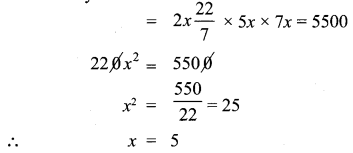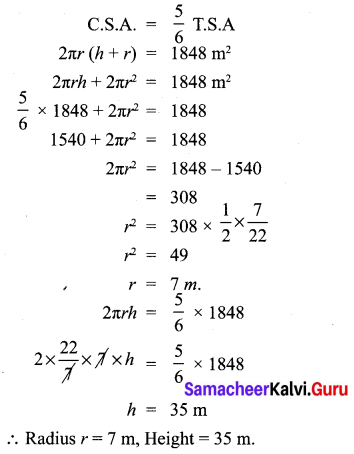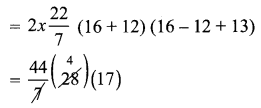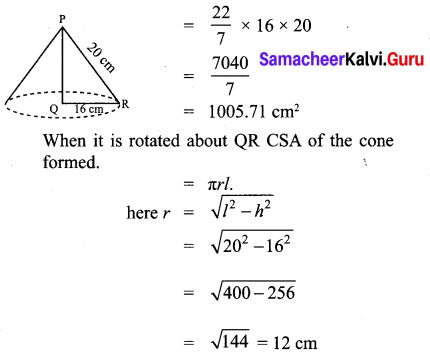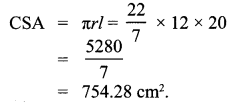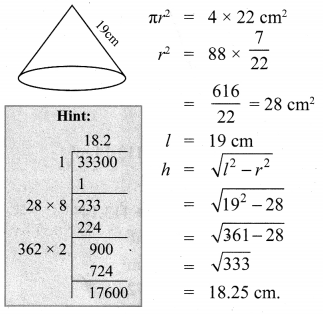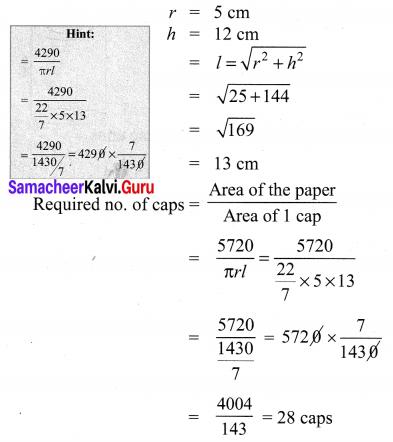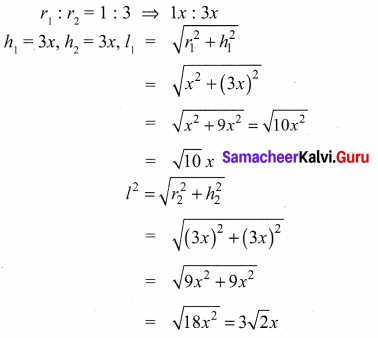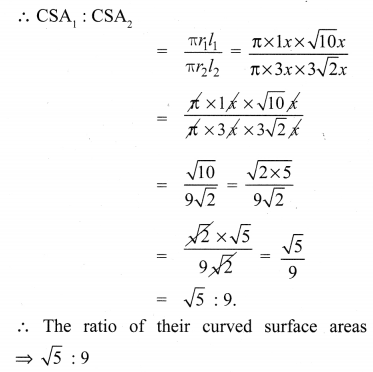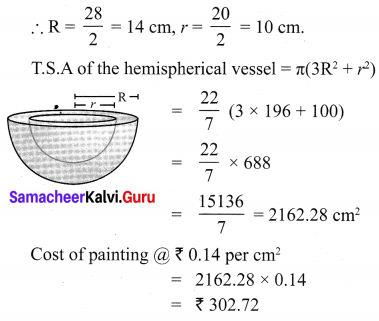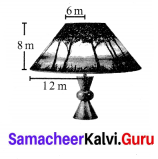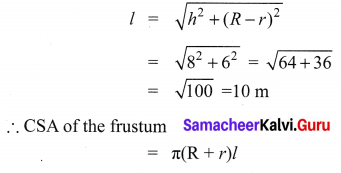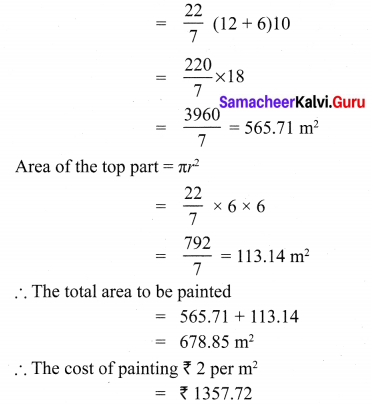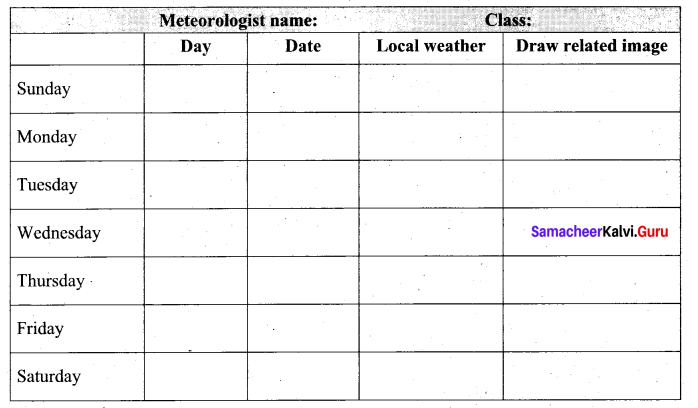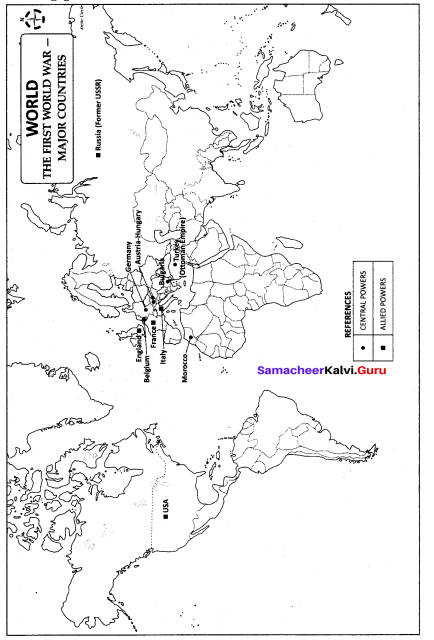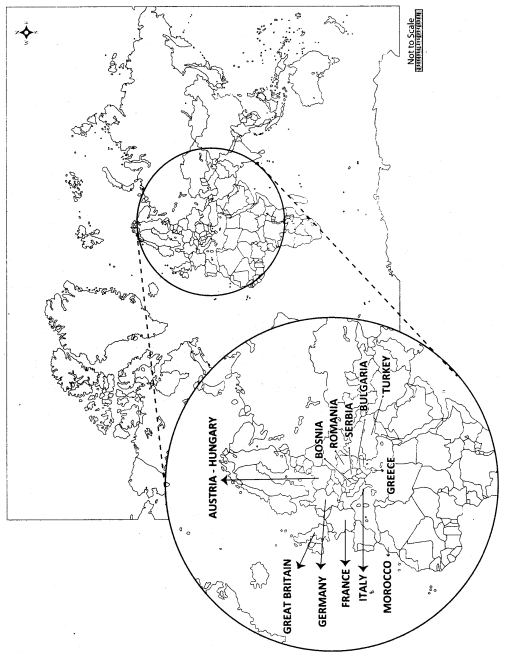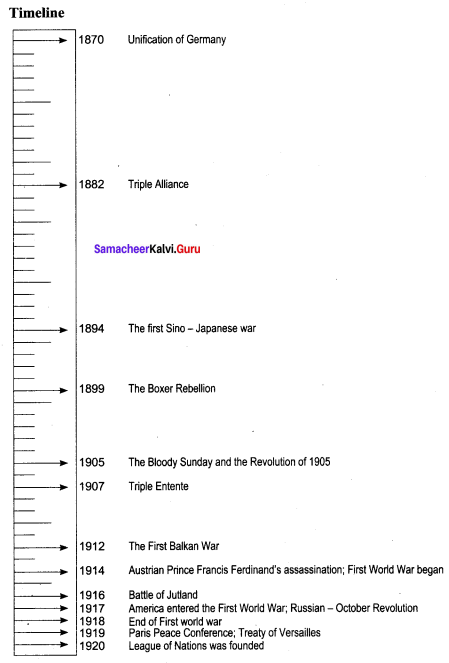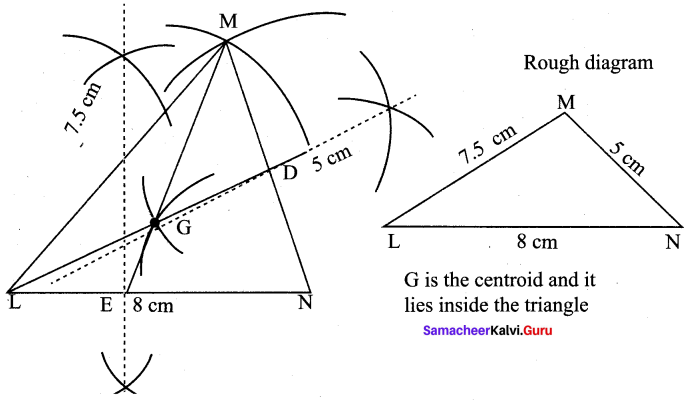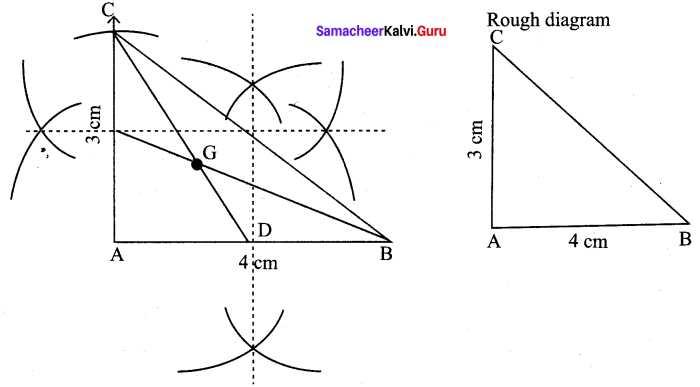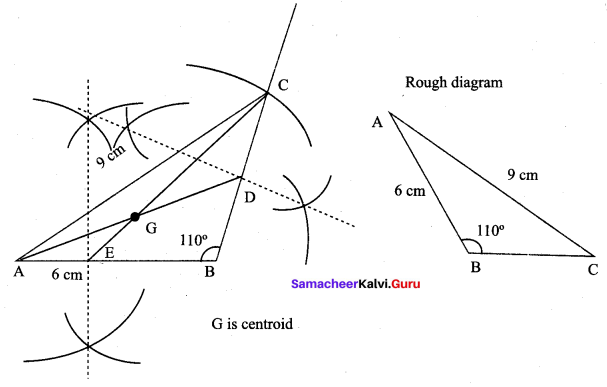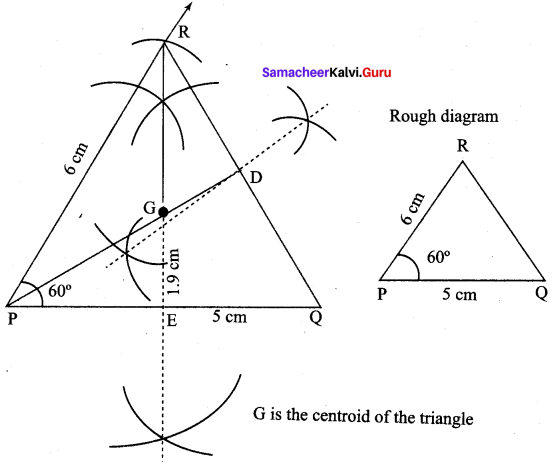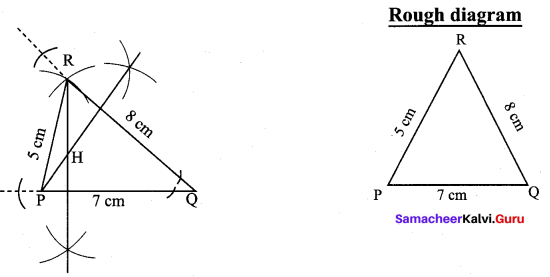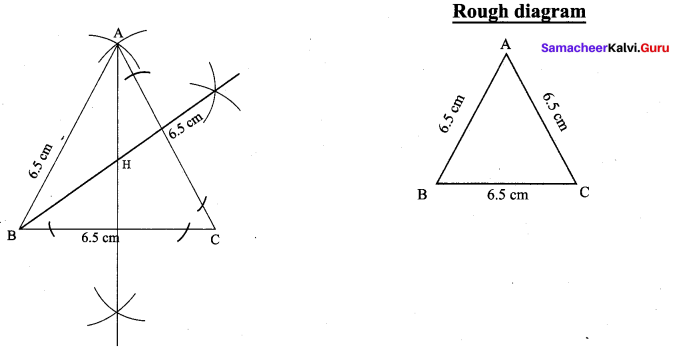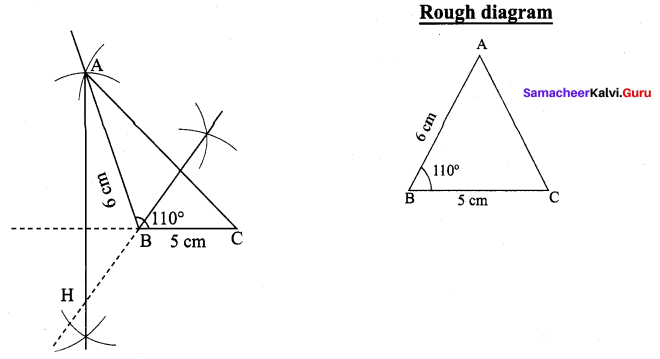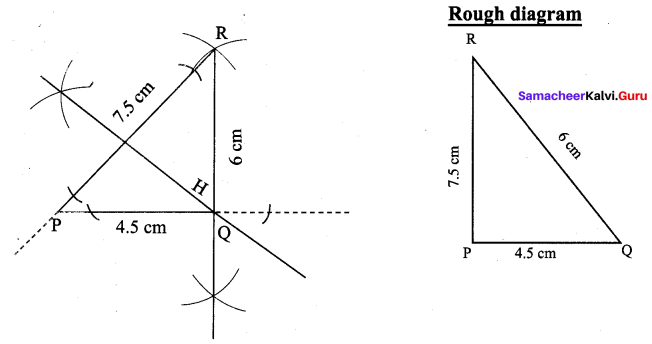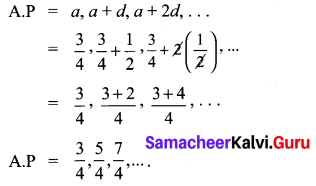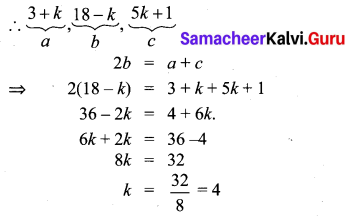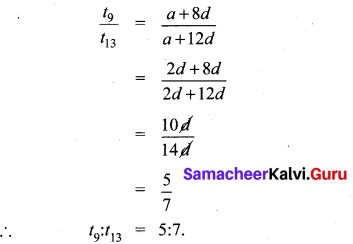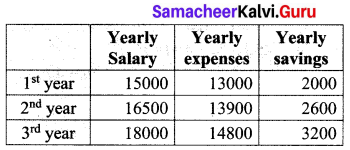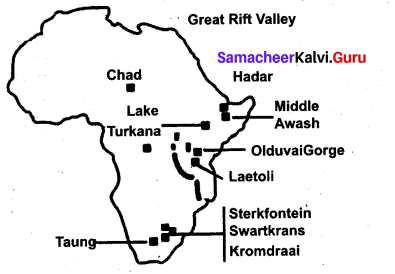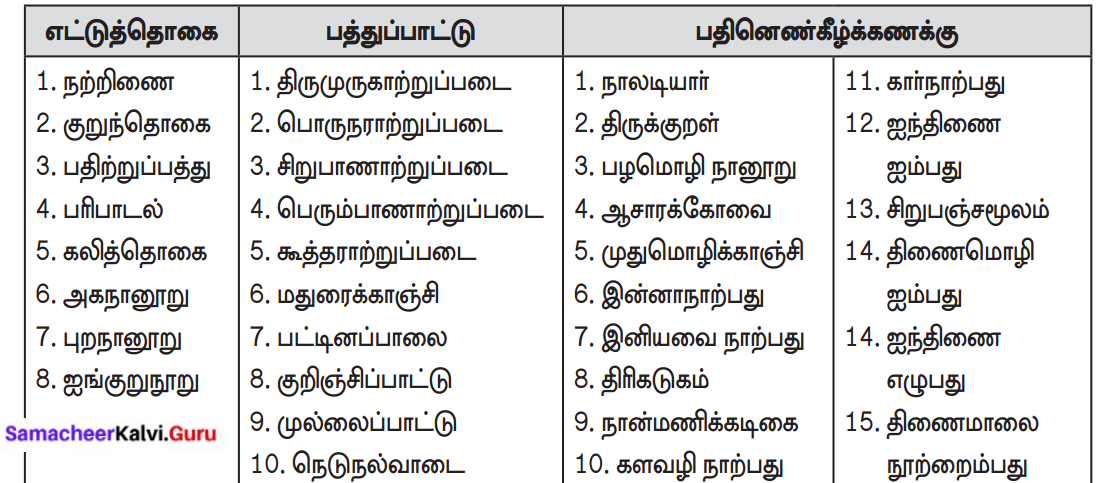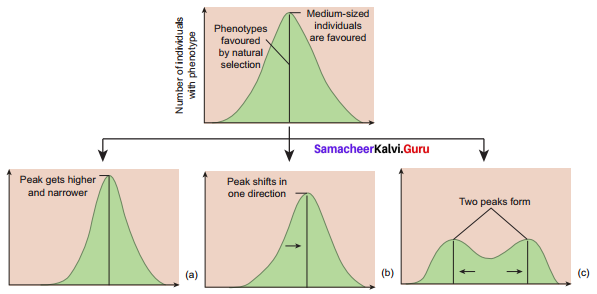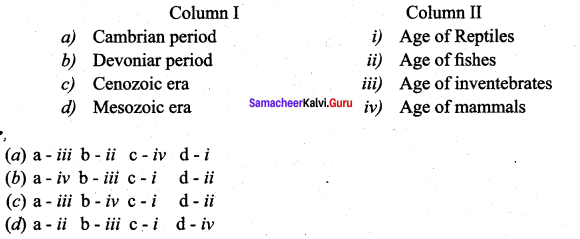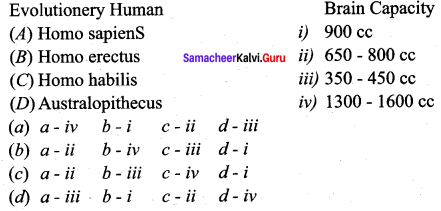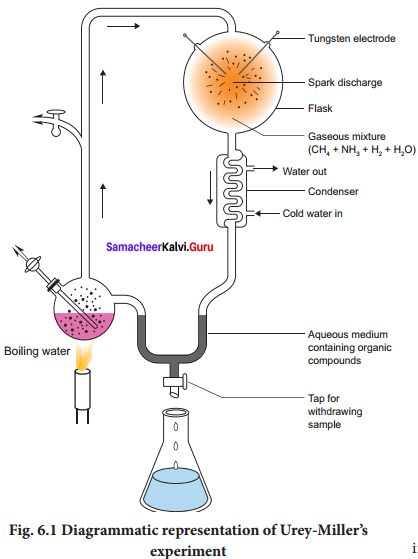You can Download Samacheer Kalvi 9th Social Science Book Solutions Guide Pdf, Tamilnadu State Board help you to revise the complete Syllabus and score more marks in your examinations.
Tamilnadu Samacheer Kalvi 9th Social Science History Solutions Chapter 3 Early Tamil Society and Culture
Early Tamil Society and Culture Textual Exercise
I. Choose the correct answer.
Early Tamil Society And Culture Question 1.
The name of the script used in the Sangam Age ………….
(a) English
(b) Devanagari
(c) Tamil-Brahmi
(d) Granta
Answer:
(c) Tamil-Brahmi
Early Tamil Society And Culture Class 9 Question 2.
The Sri Lankan chronicle composed in the Pali language mentioning about merchants and horse traders from Tamil Nadu
(a) Deepa vamsa
(b) Arthasastra
(c) Mahavamsa
(d) Indica
Answer:
(c) Mahavamsa
Early Tamil Society And Culture Book Back Answers Question 3.
The notable Chola king credited with bringing forest lands under the plough and developing irrigational facilities.
(a) Karikalan
(b) Rajarajari I
(c) Kulothungan
(d) Rajendran I
Answer:
(a) Karikalan
Early Tamil Society And Culture Pdf Question 4.
Inscription that mentions the Cheras …………..
(a) Pugalur
(b) Gimar
(c) Pulimankombai
(d) Madurai
Answer:
(a) Pugalur
Samacheer Kalvi 9th Social Question 5.
The famous Venetian traveller who described Kayal as a great and noble city.
(a) Vasco da gama
(b) Alberuni
(c) Marco Polo
(d) Megasthenes
Answer:
(c) Marco Polo
Samacheer Kalvi Guru 9th Social Question 6.
(i) Coins as a medium of exchange were introduced for the first time in the Sangam Age.
(ii) Prakrit was the language used by the common people in Northern India during the Mauryan period.
(iii) Vienna Papyrus, a Roman document, mentions trade related to Muziri.
(iv) The concept of Thinai is presented in the Tamil grammar work of Pathupaattu.
(a) (i) is correct
(b) (ii) is correct
(c) (i) and (ii) is correct
(d) (iii) and (iv) is correct
Answer:
(i) is correct
(ii) is correct
(iii) is correct
(iv) incorrect
Samacheer Kalvi 9th Social Solutions Question 7.
(i) Pathitrupathu speaks about the Pandya kings and their territory.
(ii) The Akanaanuru describes the trading activities at Kaveripoompattinum.
(iii) The Chola Emblem was the tiger and they issued square copper coins with images of a tiger.
(iv) Neythal is a sandy desert region.
(a) (i) is correct
(b) (ii) and (iii) is correct
(c) (iii) is correct
(d) (iv) is correct
Answer:
(i) incorrect
(ii) incorrect
(iii) is correct
(iv) incorrect
II. Fill in the blanks.
1. ……………. are documents scripted on stones, copper plates, coins and rings.
2. ………….. refers to systematically digging a site to recover material evidence for exploring societies of the past.
3. ……………. the classic work on economy and statecraft authored by Kautilya during the Mauryan period.
4. …………… is a poetic theme which means a class or category and refers to a habitat or ecozone with specific physiographical characteristics.
5. ………….referred to the Westerners, including the Greeks, Romans and West Asian people.
Answers:
1. Epigraphy
2. Archeological excavations
3. Arthasastra
4. Sangam poems
5. Yavanar
III. Find out the correct statement.
9th Social Early Tamil Society And Culture Question 1.
(a) Evidence of iron smelting has been found in Kodumanal and Guttur.
(b) Periplus of Erythren Sea mentions about the pepper trade with India.
(c) Punch marked coins are the earliest coins used in India mostly made of gold.
(d) The Sangam Age has its roots in the Bronze Age.
Answer:
(a) correct
(b) incorrect
(c) correct
(d) incorrect
Question 2.
(a) The Cheras ruled over Kaveri delta and their capital was Uraiyur.
(b) The Maangulam Tamil-Brahmi inscriptions mention the King Karikalan.
(c) The terms Vanikan and Nigama appear in Tamil-Brahmi inscriptions were different types of merchants.
(d) Salt merchants were called Vanikars and they travelled in bullock carts along with their family.
Answer:
(a) incorrect
(b) incorrect
(c) correct
(d) incorrect
IV. Match the following.

Answer:
1. (d)
2. (a)
3. (e)
4. (c)
5. (b)
V. Answer the following questions briefly.
Question 1.
Archaeological sites provide evidence of past history – Discuss.
Answer:
- Archaeological sites have mounds which are an accumulation of soil, pottery, building and organic remains and objects.
- Archaeological excavation refers to systematically digging a site to recover material evidence for exploring and interpreting societies of the past.
Question 2.
How important are coins as a source of evidence for the study of Sangam Age?
Answer:
- Coins as a medium of exchange were introduced for the first time in the Sangam Age.
- The coins of.the Cheras, the Cholas and the Pandyas, punch-marked coins, and Roman coins form another important source of evidence from the Sangam Age.
- They were used as bullion for their metal value and as ornaments.
Question 3.
The Tamil rulers were independent of Mauryan authority. What explanation would you offer.
Answer:
- The Tamil rulers were independent of Mauryan authority because Ashokan inscriptions found in present day Odisha, Karnataka, Telangana and Andhra Pradesh are not seen in Tamil Nadu and Kerala.
- So we can conclude the status of Tamil rulers.
Question 4.
Agriculture was one of the main sources of subsistence in Sangam Age. Give reasons.
Answer:
- Crops like paddy, sugarcane, millets were cultivated. Both wet and dry land farming were practiced.
- In the riverine and tank irrigated areas paddy was cultivated.
- Millets were cultivated in the dry lands.
So Agriculture was one of the main sources of subsistence in Sangam Age.
Question 5.
Overseas interactions brought glory to ancient Tamilagam. Give examples in support.
Answer:
- Tamil country had connections with countries overseas both in the east and west.
- Roman ships used monsoon winds to cross the Western Sea or the Arabian Sea to connect Tamilagam with the Western world.
- Spices including pepper, ivory, and precious stones were exported. Metal including gold, silver and copper and precious stones were imported.
- Yavanar referred to the Westerners, including the Greeks, Romans and West Asian people. Yavana derives from the Greek region of Ionia.
VI. Answer all the questions given under each caption.
Question 1.
Hero Stones:
(a) What was the common practice in a pastoral society?
Answer:
As cattle were considered an important source of wealth, raiding cattle owned by adjoining tribes and clans was common practice in a pastoral society.
(b) Who plundered the cattle wealth of enemies?
Answer:
Tribal chieftains plundered the cattle wealth of enemies whose warriors fought to protect their cattle.
(c) How were the dead warriors remembered?
Answer:
- Many warriors died in such battles and were remembered as martyrs.
- Memorial stones were erected in their honour.
(d) Which Tamil text describes the procedures for erecting hero stones?
Answer:
Tholkappiyam describes the procedures for erecting hero stones.
Question 2.
Non-Tamil Sources (Foreign Accounts):
(a) What does the presence of the non-Tamil sources reveal?
Answer:
The presence of the non-Tamil sources reveals the extensive contacts and interactions of the early Tamil society with the outside world.
(b) Name the classic work of the Mauryan period that makes a mention that the pearl and shells came from Pandya country.
Answer:
Arthasastra the classic work of the Mauryan period makes a mention that the pearl and shells came from the Pandya country.
(c) What is a chronicle?
Answer:
Chronicle is a narrative text presenting the important historical events in chronological order.
(d) Who speaks about the pepper trade between Roman empire and India?
Answer:
Pliny speaks about the pepper trade with India and he states that it took 40 days to reach India.
Question 3.
Industries and Crafts of the Sangam Age:
(a) What were the important aspects of urbanisation?
Answer:
Craft production and craft specialization were important aspects of urbanisation.
(b) What is the Tamil name for a potter?
Answer:
“Kuyavar” is the Tamil name for potter.
(c) What were the different types of pottery used by the peopla?
Answer:
Black ware, russet-coated painted ware, black and red ware potteries were the different types of pottery used.
(d) Identify the Iron implements required for agriculture and warfare.
Answer:
Swords, daggers and spears were the iron implements required for agriculture and warfare.
VII. Answer the following in detail.
Question 1.
To what extent do you think the political powers of Tamilagam influenced Sangam Age polity?
Answer:
- Sangam Age has its roots in the Iron Age.
- In the Iron Age people were organised into chiefdoms.
- From such communities of Iron-Age emerged the Vendhars of the early historic period and the Velirs of the Sangam Age were chieftains.
- Tamil rulers were independent of the Mauryan authority.
- Among the political powers of the Sangam Age, the Cheras, the Cholas and the Pandyas occupied pre-eminent positions. They were known as Muvendhar (the three kings).
- The Muvendhar controlled the major towns and ports of the Sangam period.
- The Cheras controlled the region of present-day Kerala and also the Western parts of TamilNadu.
- Vanci was the capital, Muciri and Thondi were their Port towns.
- The Cholas ruled over the Kaveri delta and Northern parts of TamilNadu. Uraiyur was their capital, Kaveripoompattinam was the Port town.
- The Pandyas who ruled the Southern part of TamilNadu are referred to the Ashokan inscriptions.
Madurai was the capital.
Apart from the Vendhars, there were Velirs and numerous chieftains who occupied territories on the margins of the muvendhar. - The Sangam Age society was a society in transition from a tribal community ruled by a chief to a larger kingdom ruled by a king.
Social stratification had begun to take root in Tamil society by the Sangam times.
Thus the political powers of Tamilagam influenced Sangam society.
Question 2.
Indicate how the industries and crafts of the Sangam Age contribute to their economy.
Answer:
Craft production and craft specialization were important aspects of urbanization.
- In the Sangam Age there were professional groups that produced various commodities.
The system of production of commodities is called industry. - Pottery was practised in many settlements.
- Iron manufacturing was an important artisanal activity. Iron implements were required for agriculture and Warfare.
- The Sangam Age people had the knowledge of Stone ornaments, Gold jewellery, Glass beads, etc.
- The Pamban coast is famous for pearl fishery. Sangam literature describes women wearing shell bangles.
- Textile production was another important occupation. Periplus mentions the fine variety of textiles produced in the Tamil region.
- Trade and exchange was important for people to have access to different commodities. Specialised groups called Vanikars travelled in groups trading goods and commodities between regions.
- Akanaanuru poem 149 describes the trading at the port of Muciri as follows: “the well crafted ships of the Yavana came with gold returned with pepper at the wealthy port of Muciri”
- Barter was the primary mode of exchange. For instance, rice was exchanged for fish.
- Salt was precious and a handful of it would fetch an equal amount of rice.
Thus the industries and crafts of Sangam Age contributed to their economy.
Student Activities
Question 1.
Mark on the map of south India, the ancient Tamilagam and the territories of Tamil kingdoms.
Answer:
You can take guidance from your teacher and reference from the internet to mark the ancient Tamilagam and the territories of Tamil Kingdoms on the map of South India.
Question 2.
Visit a museum and collect information about inscriptions, coins and instruments used by the ancient people.
Answer:
The teacher can arrange a visit to the museum for the students. The students can collect information about inscriptions, coins, and instruments used by the ancient people.
Question 3.
Visit the early historic sites of Arikkamedu, Kaveripoompattinam, Keezhadi etc.
Answer:
The teacher can arrange a visit to the early historic sites of Arikkamedu, Kaveripoompattinam, Keezhadi, etc.
Question 4.
Conduct a study on materials excavated from prehistoric sites and on Tamil-Brahmi script.
Answer:
You can do this activity with the help of your teacher.
Assignment with teacher’s guidance
1. A power-point presentation on the origin of human life.
Refer the Books, Internet to collect the points.
Early Tamil Society and Culture Additional Questions
I. Choose the correct answer.
Question 1.
The earliest written work on Tamil Grammar is ………………..
(a) Thirukural
(b) Tholkappiam
(c) Pathinen Melkanakku
(d) Pathinen Kilkanakku
Answer:
(b) Tholkappiam
Question 2.
This is an Epic …………..
(a) Silappathikaaram
(b) Pattinapallai
(c) Mullai pathu
(d) Madurai Kanchi
Answer:
(a) Silappathikaaram
Question 3.
During the Sangam Age …………… landscape followed the pastoral way of life.
(a) Marutham
(b) Neithal
(c) Mullai
(d) Palai
Answer:
(c) Mullai
Question 4.
……………… is an ornament made in precious stone where images are carved on the surface.
(a) Cameo
(b) Intagliol
(c) Chronicle
(d) Papyrus
Answer:
(a) Cameo
Question 5.
The roots of the Sangam Age is in ……………
(a) Bronze Age
(b) Mesolithic Age
(c) Iron Age
(d) None of the above
Answer:
(c) Iron Age
Question 6.
(i) Bullion means precious metal available in the form of ingots, (correct)
(ii) Punch-marked coins are the earliest coins used in India, (correct)
(iii) Non-Tamil literary sources also offer information on early Tamil society, (correct)
(iv) Millets were cultivated in the wet lands, (incorrect)
(a) (i) is correct
(b) (i) & (ii) are correct
(c) (i), (ii) & (iii) are correct
(d) (iv) is correct
Answer:
(c) (i), (ii) & (iii) are correct
Question 7.
(i) Barter was the primary mode of exchange.
(ii) Spices including pepper and precious stones were exported.
(iii) The Sangam Age saw the first urbanization in Tamilagam.
(iv) People in the Sangam Age had no faith in religion.
(a) (i) is correct
(b) (i) is correct (ii) incorrect
(c) (i) is correct (iv) incorrect
(d) (i), (ii), (iii) correct (iv) incorrect
Answer:
(d) (i), (ii), (iii) correct (iv) incorrect
II. Fill in the blanks.
1. ………….. collection includes ten long songs.
2. Act of destruction of heritage property (or) property belonging to others are called ……………..
3. …………… is the study of the past by interpretation of the material cultural remains.
4. ………….. Geography is a gazetteer and atlas of Roman times.
5. ………… table is an illustrated map of the Roman Roads.
6. A paper produced out of the papyrus plant used extensively for writing purposes in ancient …………..
7. The Silappathikaram speaks about ………………. who built a temple for Kannagi.
8. ………….. is a long poem about Kaveripoompattinam.
9. The Pamban coast is famous for ……………..
10. Spices including …………. …………. and ………. were exported.
Answers:
1. Pathupattu
2. Vandalism
3. Archaeology
4. Ptolemy’s
5. Pentingerian
6. Egypt
7. Gheran Senguttuvan
8. Pattinappalai
9. Pearl fishery
10. pepper, ivory, precious stones
III. Match the following.

Answer:
1. (c)
2. (e)
3. (a)
4. (b)
5. (d)
IV. Answer the following questions briefly.
Question 1.
Discuss about the Tamil Traders and Sailors.
Answer:
As seafaring people, Tamil traders and sailors established commercial and cultural links across the seas and merchants from foreign territories also visited the Tamil region.
Question 2.
What does the third section of the Tholkappiyam describe?
Answer:
The third section of Tholkappiyam describes poetic conventions that provide information on Tamil social life.
Question 3.
What does the development of Script mark?
Answer:
- The development of script marks the beginning of the historical period.
- The period before the use of written script is called prehistoric period.
Question 4.
What do you know about the Hero stones of the Post-Sangam Age?
Answer:
- Hero stones of the Post-Sangam Age and the Pallava period occur in large numbers in pastoral regions especially around the Chengam region near Thiruvannamalai district.
- These hero stones have inscriptions and the images of warriors and names of heroes.
Question 5.
What does Erythrean sea refer to?
Answer:
- Erythrean sea refers to the waters around the red sea.
- It makes references to the Sangam Age, Ports of Muciri, Thondi, Korkai and Kumari as well as the Gheras and the Pandyas.
Question 6.
What is Ptolemy’s Geography?
Answer:
Ptolemy’s Geography is a Gazetteer and atlas of Roman times providing geographical details of the Roman Empire in the Second Century CE.
Question 7.
What do you know about Muvendhar?
Answer:
Among the political powers of the Sangam Age, the Cheras, the Cholas and the Pandyas occupied pre-eminent positions. They were known as Muvendhar (the three kings). The muvendhar controlled the major towns and ports of the Sangam period.
Question 8.
What is the Urban centre?
Answer:
A planned town with brick architecture and a proper layout. Urban centres have a larger population involved in non-agrarian, commercial and political occuptations. Various industrial activities are seen in these towns.
V. Answer all the questions given under each caption.
Question 1.
Tholkappiam.
(i) What is the earliest written work on Tamil grammar?
Answer:
Tholkappiyam.
(ii) To whom did it attribute?
Answer:
Tholkappiyam attributed to Tholkappiyar.
(iii) What does the third section of Tholkappiam describe?
Answer:
The third section describes the poetic conventions that provide information on Tamil social life.
(iv) Mention the oldest among the Tamil Texts.
Answer:
Pathupattu and Ettuthogai.
Question 2.
Pearl fishery and shell bangle.
(i) Which place is famous for pearl fishery?
Answer:
The Parpban coast is famous for pearl fishery.
(ii) What were very common in the Sangam Age?
Answer:
Shell bangles were very common in the Sangam Age.
(iii) Who collected conch shells from the Pamban Island?
Answer:
The Parathavers collected conch shells from the Pamban Island.
(iv) What does Sangam literature describe?
Answer:
Sangam literature describes women wearing shell bangles.
VI. Answer the following in detail.
Question 1.
Explain the “Archaeological sites”.
Answer:
(i) Archaeological excavation refers to systematically digging a site to recover material evidence for exploring and interpreting societies of the past.
(ii) Archaeological excavations at the early historic sites are the source of evidence of the activities of the Sangam Age people.
(iii) Excavations at Arikkamedu, Azhagankulam, Uraiyur, Kanchipuram, Kaveripoom pattinam, Korkai, Vasavasamudram, Keezhadi, Kodumanal in Tamil Nadu, and Pattanam in Kerala provide the evidence we have of this period.
(iv) Arikkamedu, near Puducherry, is a Sangam Age port, excavated by the Archaeological Survey of India (ASI). British archaeologist, Robert Eric Mortimer Wheeler, French Archaeologist, J.M. Casal, and Indian archaeologists, A. Ghosh and Krishna Deva, excavated this site. They found evidence of a planned town, warehouse, streets, tanks and ring wells.
Question 2.
Give an account of “Emergence of towns and ports”.
Answer:
- The Sangam Age saw the first urbanization in Tamilagam.
- Cities developed and they had brick buildings, roof tiles, ring wells and planned towns, streets, and store houses.
- The towns worked as ports and artisanal centres. Arikkamedu, Kaveripoompattinam, , Azhagankulam and Korkai on the east coast and Pattanam in Kerala were port centres. Kanchipuram, Uraiyur, Karur, Madurai and Kodumanal were inland trade centres.
- Many goods and commodities were produced in these centres and were exported to various regions.
- Though few in number, large towns appeared in the Sangam Age.
- Small villages however were found in many areas. Bronze vessels, beads, shell bangles, glass beads, pottery with names of people written in Tamil-Brahmi script were found at these sites.






















